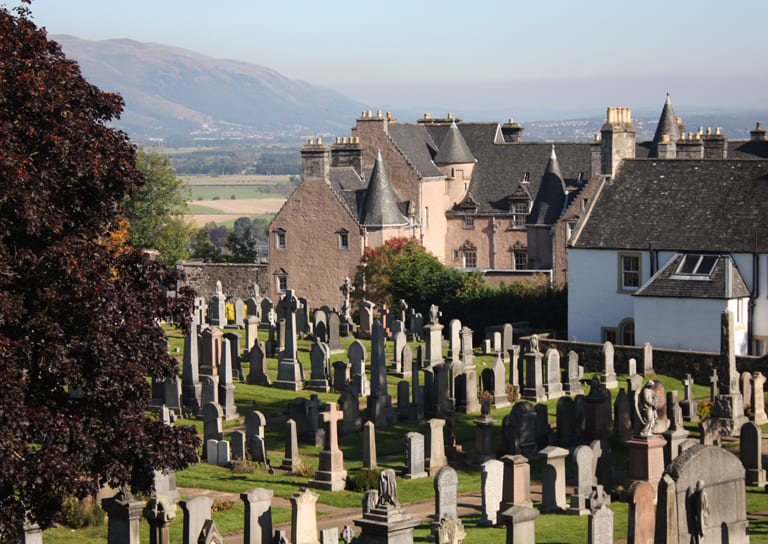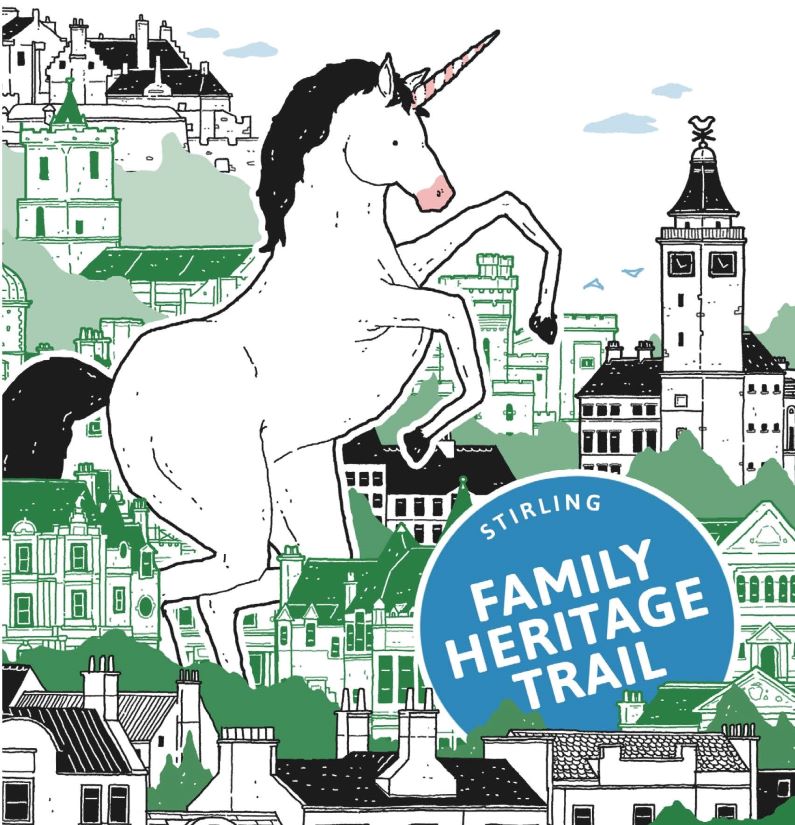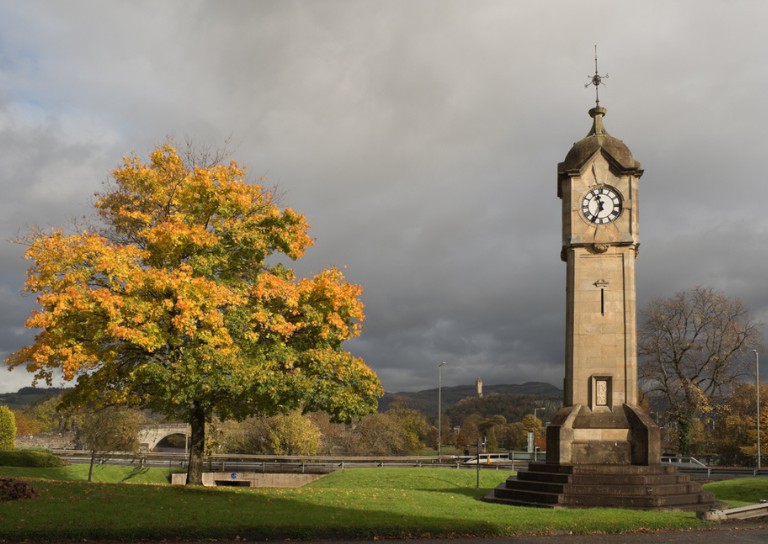- Home
- Our Work

- Stirling's Story

- Blog
- Beechwood House and the Transatlantic Slave Trade

- New Retrofit Service now available for Traditional Buildings Health Check Members

- Retrofitting Traditional Buildings: Chimneys

- SCHT 20: Championing Women in Construction
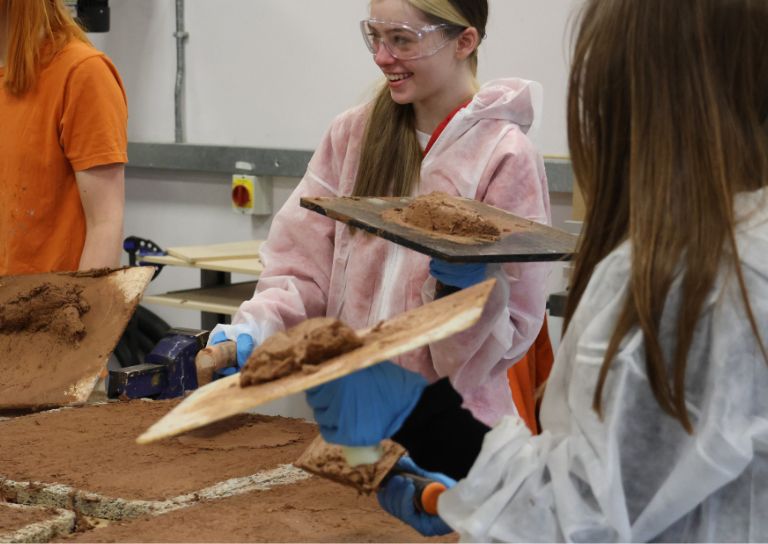
- Stirling's Lost Swimming Pools
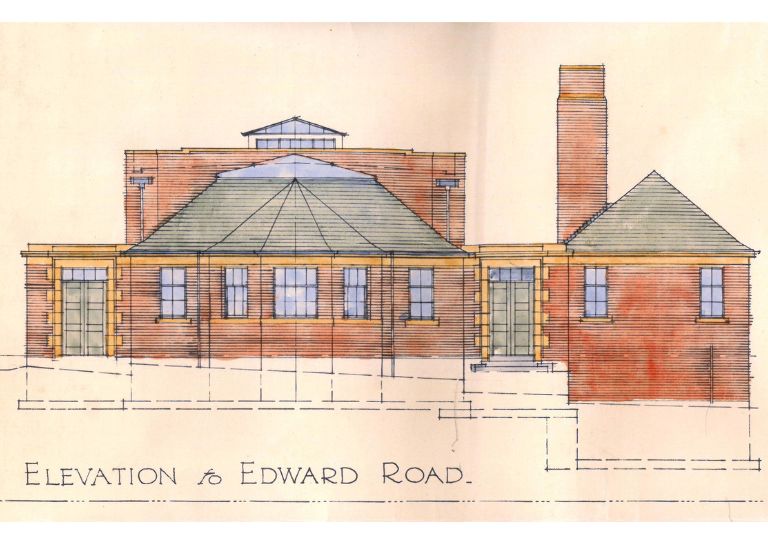
- Women in Construction at Bannockburn House
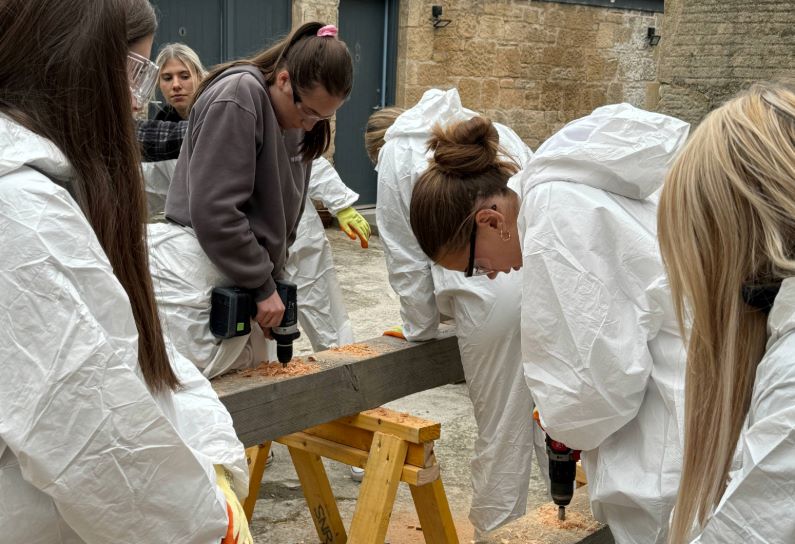
- Avenues to the Past: Stirling’s Historic Streets Exhibition

- Retrofitting Traditional Buildings

- Retrofitting Traditional Buildings: Windows

- Statement on Langgarth House

- Guest Blog: Dementia Friendly Heritage Interpretation

- SCHT Grant Conditions: Owners Associations
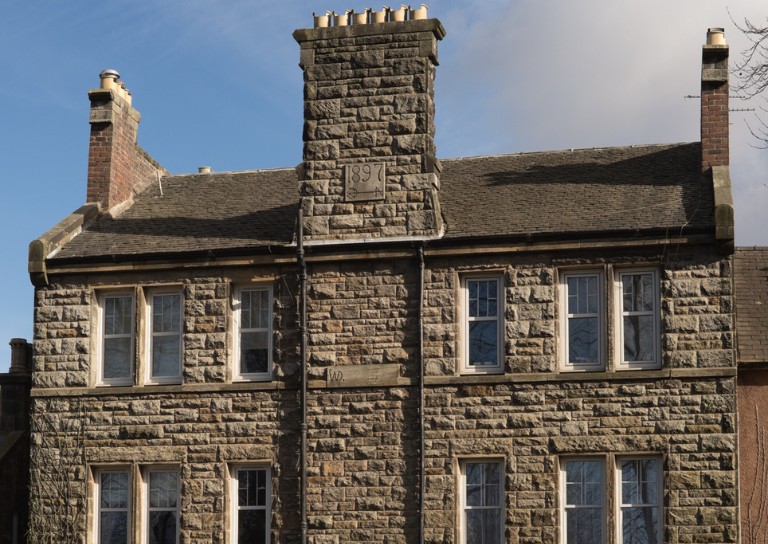
- Stirling Business Awards 2025

- What is a Conservation Area
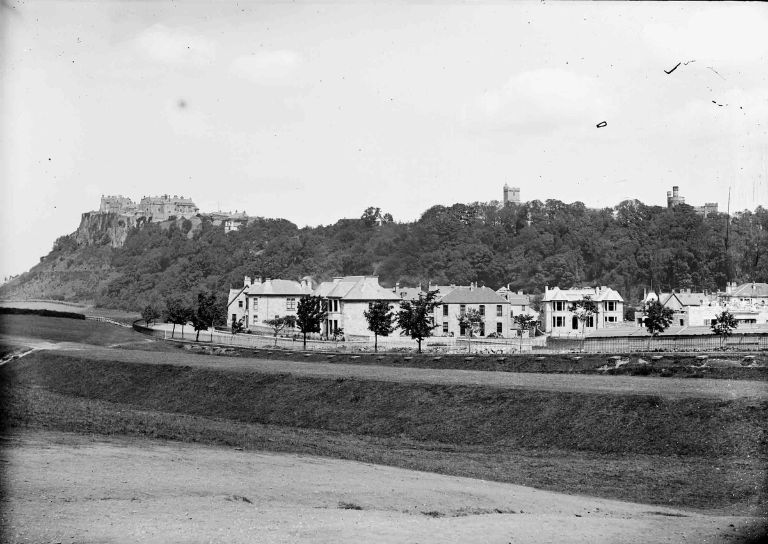
- 20 Great Buildings of Stirling

- Building Resilience: Maintaining Traditional Buildings

- Architects and The Thistle Property Trust

- World Heritage Day: Exploring Hayford Mill

- Community Consultation launched for Stirling’s Heritage Strategy
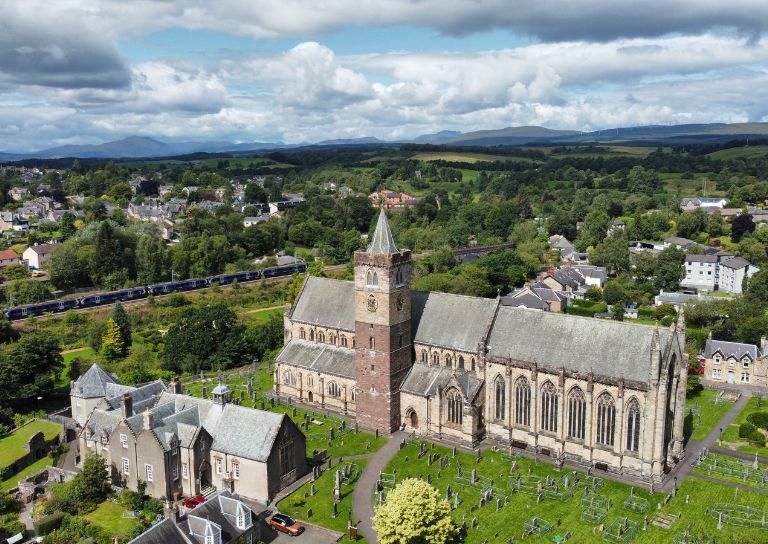
- SVE Inspire Awards September 2024

- Reminiscence Art Project
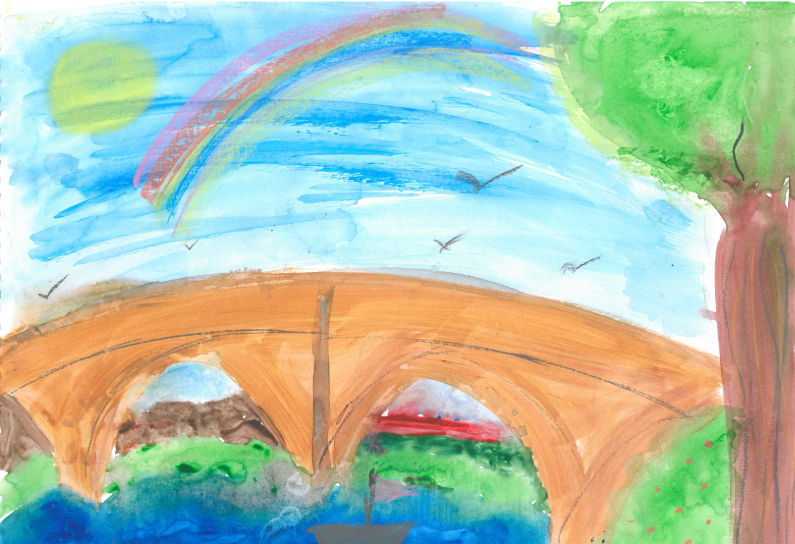
- On the European Stage: Preserving by Maintaining conference, Bratislava
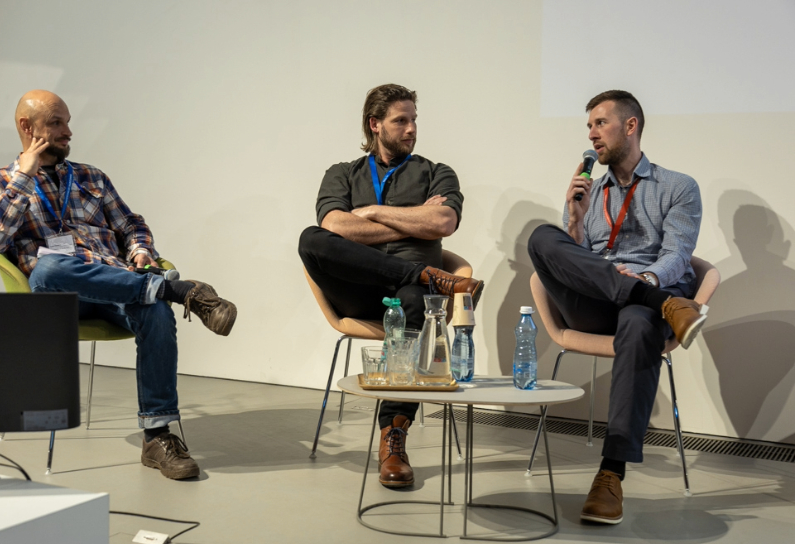
- The Abolition Movement in Stirling

- Shopping Arcades

- Retrofitting Traditional Buildings: Insulation

- Retrofitting Traditional Buildings: Climatic Adaptation
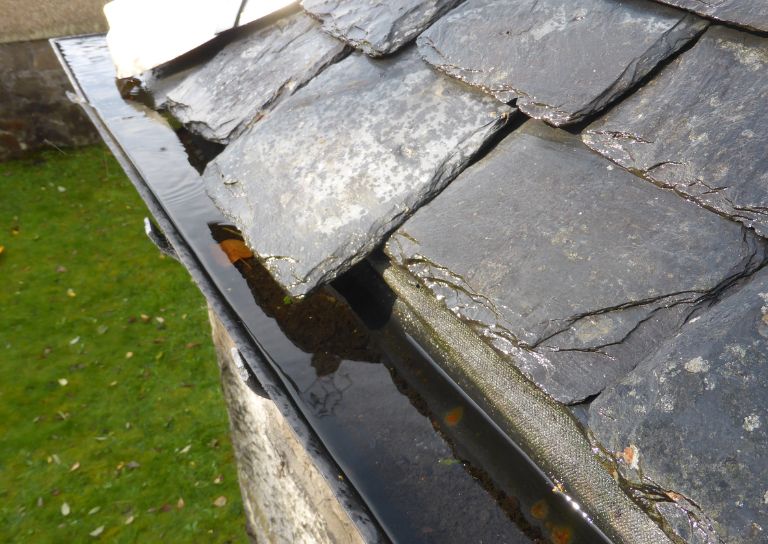
- Kings, Wolves and Drones: 20 years of care and repair at Stirling City Heritage Trust

- Practical Workshop on Retrofitting Insulation with A. Proctor Group

- Marking the 80th anniversary of VE Day
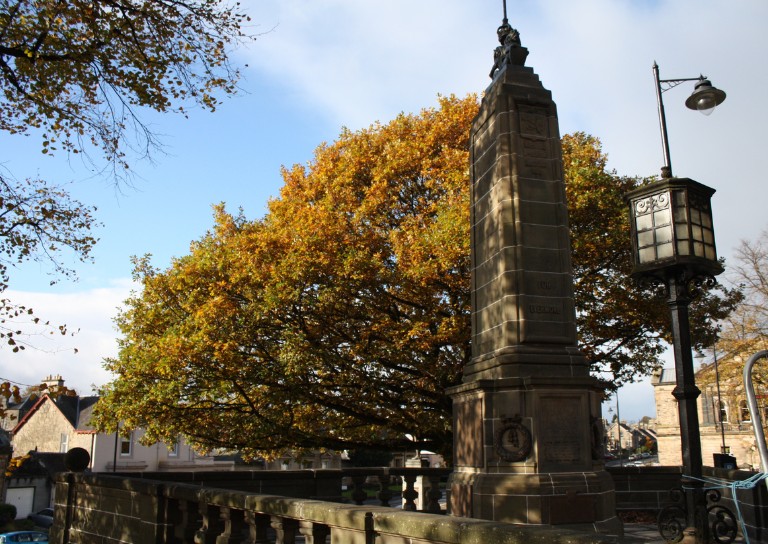
- Walker Family Visit

- Retrofitting Traditional Buildings: Fabric First

- Supporting traditional building repair in Stirling
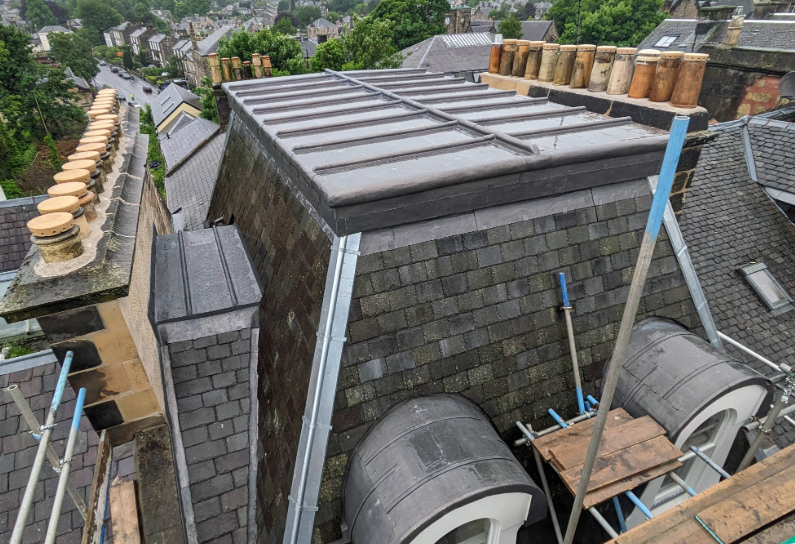
- Stirling's Historic Jails
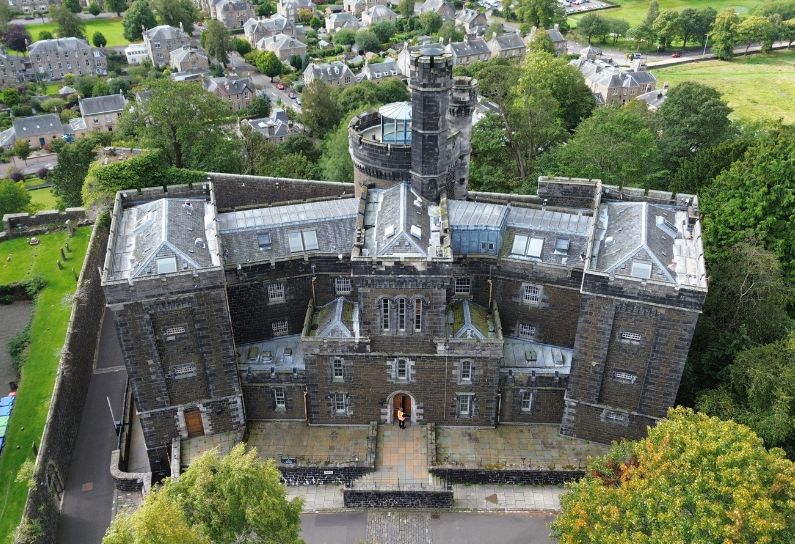
- Ghost Tales from Stirling

- Stirling Reminiscence Box

- Stirling City Heritage Trust at 20

- Retrofit Event: Meet the Suppliers

- Snowdon House and The West Indies

- Miss Curror and the Thistle Property Trust

- Dr Lindsay Lennie retires from Stirling City Heritage Trust
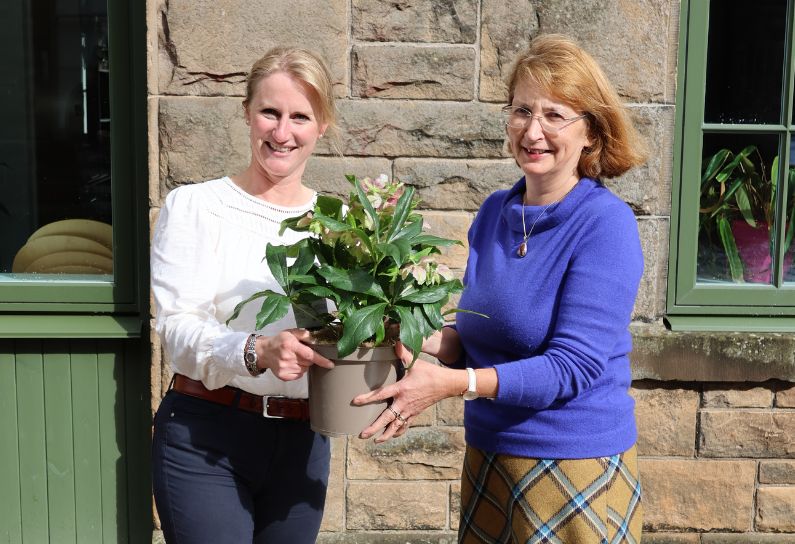
- Stirling’s Streetscape Stories: Photography Workshop

- Level 3 Award in Energy Efficiency for Older and Traditional Buildings Retrofit Course (2 Day)

- Stirlingshire’s Highland Games

- Creative careers in the heritage sector

- Postcards From Stirling

- Stirling’s Gala Days

- Building Surveying Student Intern at Stirling City Heritage Trust

- Heritage Trail: Stirling Walks

- Local History Resources

- Stirling Through the Decades

- Stirling’s STEM Pioneers

- Traditional Skills: Signwriting

- Christian MacLagan, a pioneering lady, but born too soon?

- Traditional Shopfronts in Stirling

- Stirling History Books for World Book Day

- My Favourite John Allan Building by Joe Hall

- My Favourite John Allan Building by Lindsay Lennie

- My Favourite John Allan Building by Andy McEwan

- My Favourite John Allan Building by Pam McNicol

- Celebrating John Allan: A Man of Original Ideas

- The Tale of the Stirling Wolf

- Stirling: city of culture

- Christmases Past in Stirling

- Stirling’s Historic Graveyards

- Top 10 Tips for Architectural Photography

- An Interview with David Galletly

- Springtime in Stirling

- The Kings Knot – a history

- A Future in Traditional Skills

- Robert Burns’ First Trip to Stirling

- Stirling’s Witches

- Stirling’s Ancient Wells

- An architecture student’s take on the City Of Stirling

- Ronald Walker: Stirling’s Architect

- Stirling’s Statues

- Stirling’s Wee Bungalow Shops

- Stirling’s Historic Hospitals

- Women in Digital Innovation and Construction

- Heritage at home: 8 of the best online heritage resources

- Stirling featured at virtual heritage conference

- Five of Stirling’s greatest John Allan buildings

- Women in Construction – Stirling event report

- Scotland’s trailblazing women architects

- Stirling’s Heritage: Spotlight on The Granary

- TBHC Scheme now open to properties in Dunblane and Blairlogie

- How drones help us inspect traditional buildings

- Hazardous Masonry & Masonry Falls

- Mason Bees: What’s the Buzz?

- Stirling Traditional Skills Demonstration Day Success!

- Floating Head Sculpture at Garden Glasgow Festival 1988

- The story behind Paisley Abbey’s Alien gargoyle

- Cambuskenneth Abbey

- Stirling City Heritage Trust Publications

- Sharing Memories: Taking '20 Great Buildings of Stirling' into the community

- William Wallace Statues In Stirling

- Coronations and Royal Christenings in Stirling

- The development of King's Park

- Energy efficiency project awarded grant from Shared Prosperity Fund

- Inspiring the Future: Stirling City Heritage Trust's Women in Construction Event at Wallace High

- Doors Open Days Talk: Who Built Stirling?

- 10 Years of the Traditional Buildings Health Check

- Growing up in Stirling: A Night of Reminiscence at The Smith

- SCHT visit to Brucefield Estate, Forestmill, Clackmannanshire

- Statement on Christie Clock

- Stirling’s Lost Skating Heritage

- Laurelhill House and the West Indies

- Beechwood House and the Transatlantic Slave Trade
- About Us

- Support Us

- Contact

Heritage Trail: Stirling Walks

Heritage has a hugely positive impact on our wellbeing, in fact, studies have shown that engaging with heritage improves your mental and physical health. Our shared cultural heritage also creates a strong sense of pride in place, bringing communities together and creating a sense of belonging. Visiting outdoor historic places is particularly good for us, so with this in mind, lets take a look at some heritage themed walks around Stirling you can enjoy.
Heritage Trails
Our very own Heritage Trails, can be picked-up at The Stirling Smith Museum & Art Gallery, Stirling Central Library, and Stirling Old Town Jail.
Family Heritage Trail
We’ve worked with local artist David Galletly to create an illustrated family heritage trail for Stirling City Centre. Learn all about the history of the city and meet some interesting characters, including an unlucky child who has been locked up in the stocks and Scotland’s national animal! Answer some questions along the way so that you can complete a codebreaker word scramble.
Who Built Stirling?
Stirling City Centre is full of grand and interesting buildings, but do you know who built them? Our new map ‘Who Built Stirling?’ highlights 26 key buildings in the city centre and introduces you to their architects.
The Back Walk
The Back Walk starts opposite Stirling’s Central Library (a fantastic Scots Baronial building), and it’s marked by a timber carving of a wolf. To learn more about the wolf’s connection to Stirling, check out our blog here. The Back Walk was created between 1724 and 1791, and it follows the outline of the old city walls. It was paid for by William Edmonstone of Cumbuswallace, so we’ve him to thank for the fantastic views, and it was a draw for tourists as well as locals. When Stirling Castle was used as a Barracks, the trees along this route were kept short for security purposes, but when the army vacated the Castle in the 1960s a forest has regrown.
Gowan Hill
When you’re on the Back Walk, you can make a detour to visit the grisly Beheading Stone on Gowan Hill. The base and metal bars which surround the stone were designed by John Allan in 1887. The stone was being used as a butcher’s block in Bridgehaugh but the Stirling Natural History and Archaeological Society rescued it and put it in this protective cage. The stone was used on Gowan Hill in the public execution of many people, including treasonous nobles like the Duke of Albany in 1425. Mote Hill or Gowan Hill used to be called ‘Heidden Hill’, which makes a lot of sense given its gruesome past…
Bridgehaugh
From Gowan’s Hill, you can head down to Bridgehaugh where you can walk across Stirling’s Old Bridge, and admire the views of the Wallace Monument and river. This bridge was built in the 1500s and was the main crossing point on the Forth, making it extremely strategically important. The Battle of Stirling Bridge was fought in 1297 near a much earlier wooden bridge during the Wars of Independence. It was located upstream of the Old Bridge, but the actual fighting took place on the shore not on the bridge itself.
Cambuskenneth Abbey
If you’d like to delve further into Stirling’s medieval past, you could walk along the River Forth and cross the footbridge bridge to visit the ruins of Cambuskenneth Abbey. Founded in 1147 by David I, the abbey is the final resting place of James III who was killed nearby in the Battle of Sauchieburn in 1488. The footbridge was built in 1935, so until then the village of Cambuskenneth, known as ‘The Abbey’ was accessed by a rowing-boat ferry, giving Ferry Road its name. It was so picturesque that the artists known as the ‘Glasgow Boys’ used to spend their summers here in the late 19th and early 20th centuries.









